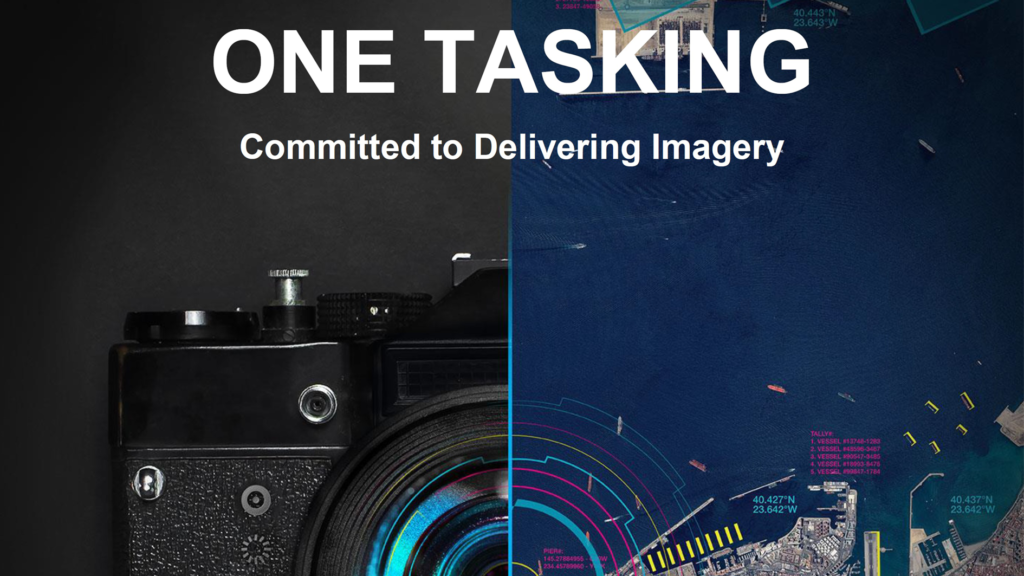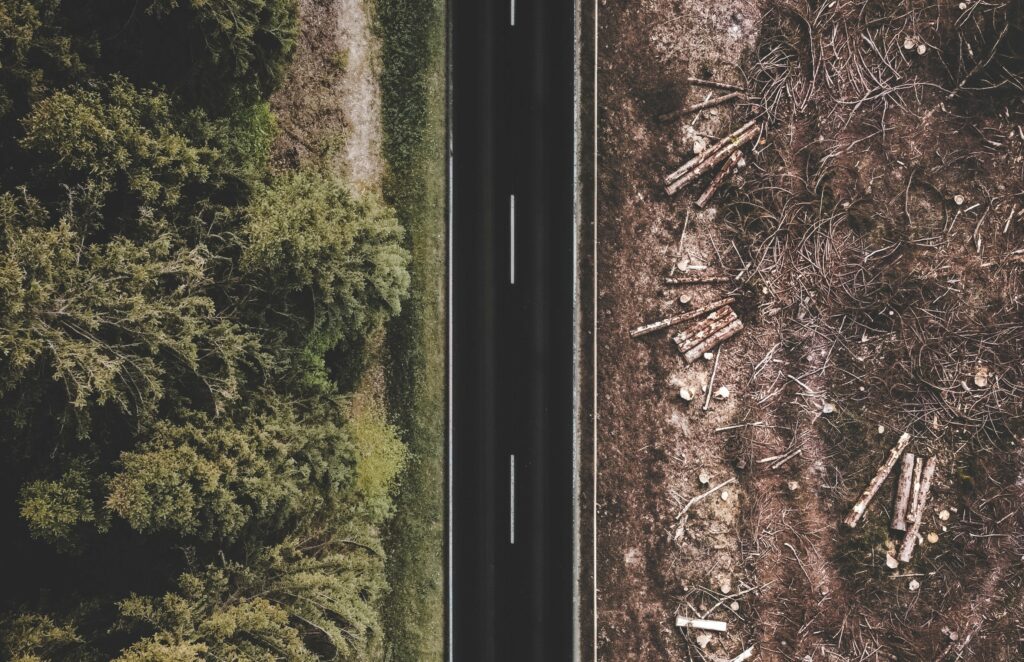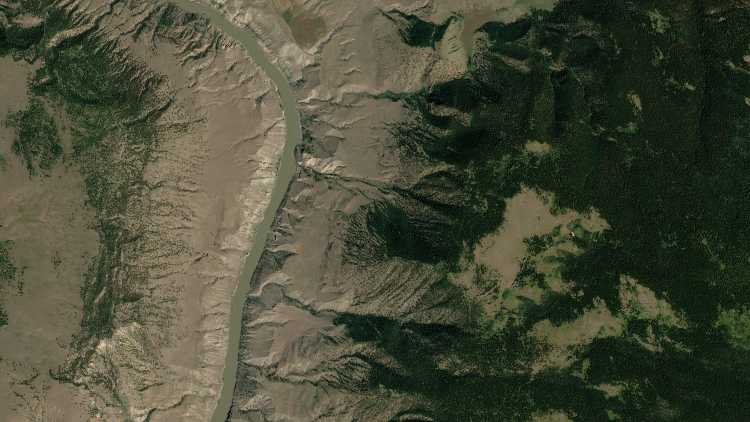
Unpacking the Airbus One Tasking Offering and Why It Matters
Ever since the dawn of high-quality satellite imagery, one of the most significant bottlenecks that have hampered the growth of the industry has been the time it takes to get your images. Due to its complex nature, the process could take a few days to several weeks, making it unsuited for a number of industrial use cases.
Very recently, we’ve seen some promising progress in this regard, and that timeframe has been drastically shortened. Airbus, one of the Earth Observation pioneers, is the first to play the game. With the launch of Pléiades Neo, its new 30cm resolution satellite constellation, the French aerospace company reimagined the tasking process. It enabled a workflow where the satellite imagery can be tasked, acquired, processed and accessed (streamed or downloaded) in near real-time, 24/7, via an easy-to-use platform, OneAtlas.
Let’s look at the Airbus One Tasking offering to understand how this works and unpack why it’s such an important step forward for the industry.
What Is One Tasking and What Does it Involve?
For the past several years, Airbus clients have used OneAtlas as their digital platform for tasking and managing their interactions with all of Airbus’ Earth Observation products. This user interface has greatly simplified the image procurement process and has made it easier than ever to access both archived data and request new ones.
One Tasking is the next step in the platform iteration. It allows the customer to have direct access to the relevant tasking features, meaning that by simply specifying their data parameters, they can get highly accurate and precise image data in full autonomy. This removes all of the friction involved and allows a user to treat their satellite imagery acquisitions as a 24/7 self-service portal right throughout the process.
There are going to be three different levels of service that sit under the One Tasking umbrella for Pléiades Neo:
- One Day: This offering allows the user to specify the exact day that they’d like images on ahead of time or just a few hours before acquisition. This is ideal for urgent imagery projects where data must be collected and delivered on a specific day. Airbus will give it a top priority. 24 hours before the acquisition, users get a weather forecast to confirm, postpone, or cancel the request.
- One Now. The second offering has been specially created when immediate imagery is required. Airbus will apply the highest satellite tasking priority to the urgent request and will take into account the weather – before capturing the requested images over the shortest period of time. The images are delivered immediately after acquisition. Users can thus access valuable insights in the shortest possible timeframe.
- One Plan. The final option is when a user selects a time frame over which the imagery acquisition can take place. This can be in the order of weeks or months, and it allows Airbus to wait for perfect weather, good angles, and everything else that is needed to capture a highly precise and accurate image. Customers (or users) will receive the right qualified coverage, perfectly matching their project milestones.
Each of these three options is suitable for different use cases, and users will benefit from having much more control and flexibility when it comes to procuring their images. Having all of this accessible through an easy-to-use portal (OneAtlas) is also a game changer for pushing the boundaries of what is possible with this technology.

Why Does Speed Matter for Tasking?
The key innovation here is simply cutting through the administrative burden and making the entire tasking process more efficient. Instead of having your projects built around the constraints of your satellite imagery, you can tackle things the other way around – knowing that you can access the images you need as and when you need them. This agility and certainty can then unlock a range of ancillary benefits that help to maximize the value of the data that is captured.
To get a sense of just how fast this could get, we spoke to Pauline Sol-Wagner, Product Marketing Manager for Pléiades Neo from Airbus. She gave this example of one of the fastest scenarios:
“Let’s imagine that a request is sent to the system at 09h44. The image will be downloaded over the Airbus reception station and can be available by 10h57. So in just one hour and 13 minutes, the request can be sent to the satellite, processed, and the image can be directly available on your computer.”

That’s staggering. And while the speed will depend on a variety of factors, especially the location of the area of interest, this shows just how powerful One Tasking can be. With this sort of efficiency, users can expand how they use the images in ways that we probably haven’t even thought of yet – because they can rely on much more consistent results right on cue.
Applications and Use Cases
The existing use cases for high-resolution Pléiades Neo data in emergency response, disaster response, asset monitoring, defence, and others will continue to be important applications here – that is for sure. The improved turnaround time will compound the value for these users and deliver even more bang for their buck. But it will also open up new avenues of exploration – for example, in the world of damage assessment.
You could imagine a private client monitoring deforestation, pipeline damage, long-term agricultural impacts, and the like because they can be very precise with their image timing – allowing for a more consistent study and better research results overall. In addition, by combining this with drone data and other forms of information, an entirely new realm of opportunity is there for the taking.
All of this is possible at somewhere between 25 and 90 euros per km2– a price point that is not just affordable but incredible value for money when you consider what you’re getting for it. One Tasking from Airbus is a clear statement of intent from a company that is dedicated to creating the best satellite products out there. All that remains now is for users to start engaging with the self-service portal so we can see just how much of an impact it’s really going to have for geospatial professionals.
You can read more about how to get started here or via the official Airbus website.





